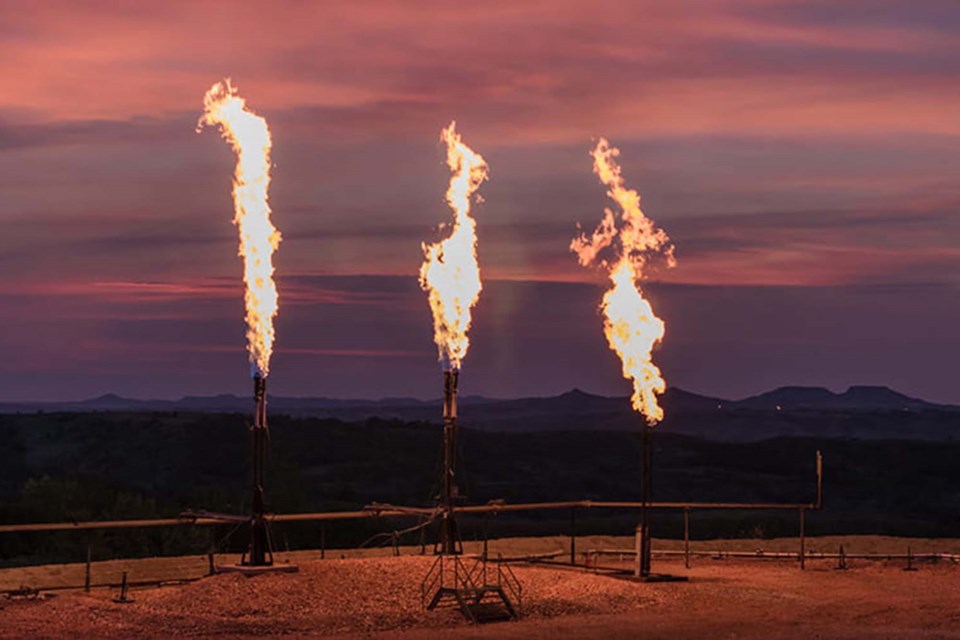Clean tech companies in Alberta are ready to expand as new methane emission standards for oil and gas producers are implemented throughout North America.
The federal government unveiled draft oil and gas methane reduction regulations during the UN Climate Change Conference in Dubai earlier this month. The proposed framework would slash oil and gas methane emissions by 75 per cent below 2012 levels in the next six years.
Similar rules have been announced in the U.S. and other major energy markets.
Alberta’s premier and environment minister criticized the emission reduction targets as “illegal” and “unrealistic.” But for the clean tech sector, the federal regulations came with little shock or unanticipated hurdles.
“I don't think it was a surprise to anybody. By and large, I think what they put out is aligned with what people were expecting,” said Connor O’Shea, CEO of Convrg Innovations, an Alberta company specializing in emissions abatement.
Since the federal government announced intentions to slash methane emissions at previous UN climate meetings, Environment and Climate Change Canada has been working on rules to try and achieve that goal, hinting at what the framework would look like and putting out a discussion paper in advance of this month’s announcement, O’Shea said.
“If anything, (the regulations) are perhaps a little bit more relaxed in terms of the timeframe for compliance, compared to the US, for example. But also, right on point with what the rest of the world is doing, to be honest,” said Kelly Doody, chief marketing officer for Kathairos Solutions.
The proposed regulations largely prohibit venting, the intentional release of gas, and flaring, the burning of waste of methane, while also improving monitoring of leaks. The oil and gas sector is responsible for roughly half of Canada’s methane emissions, and the largest sources within the industry are venting and unintentional gas leaks, according to ECCC.
Pneumatic devices are prolific throughout industry operations, and where high-pressure gas is required to power a device “they are utilizing methane coming out of the ground because it's there, and it's free. But after the device is actuated, or operated, that methane is vented to the atmosphere and combusted,” Doody explained.
Both Kathairos Solutions and Convrg Innovations have developed technology to replace this methane in pneumatic components with less-harmful gases. Methane is a greenhouse gas with at least 25 times the warming potential of carbon dioxide.
“I think the intention of the regulations is good. And I think it's the right direction for our industry,” O’Shea said.
“I've seen that a lot of the parties, including producers in our industry, also feel that way. They do feel that this is a problem that is worth solving. And it's best if, as the Canadian oil and gas industry, we're in the lead on this and not behind.”
In terms of abatement technology, development, and adoption, the Canadian clean tech industry is already well ahead and other jurisdictions will be racing to catch up as strict emissions standards become the norm, Doody said.
“When we go all across North America to trade shows and conferences, and any oil and gas producing area, nine out of 10 of the clean technology providers are from Calgary. It’s wild.”




